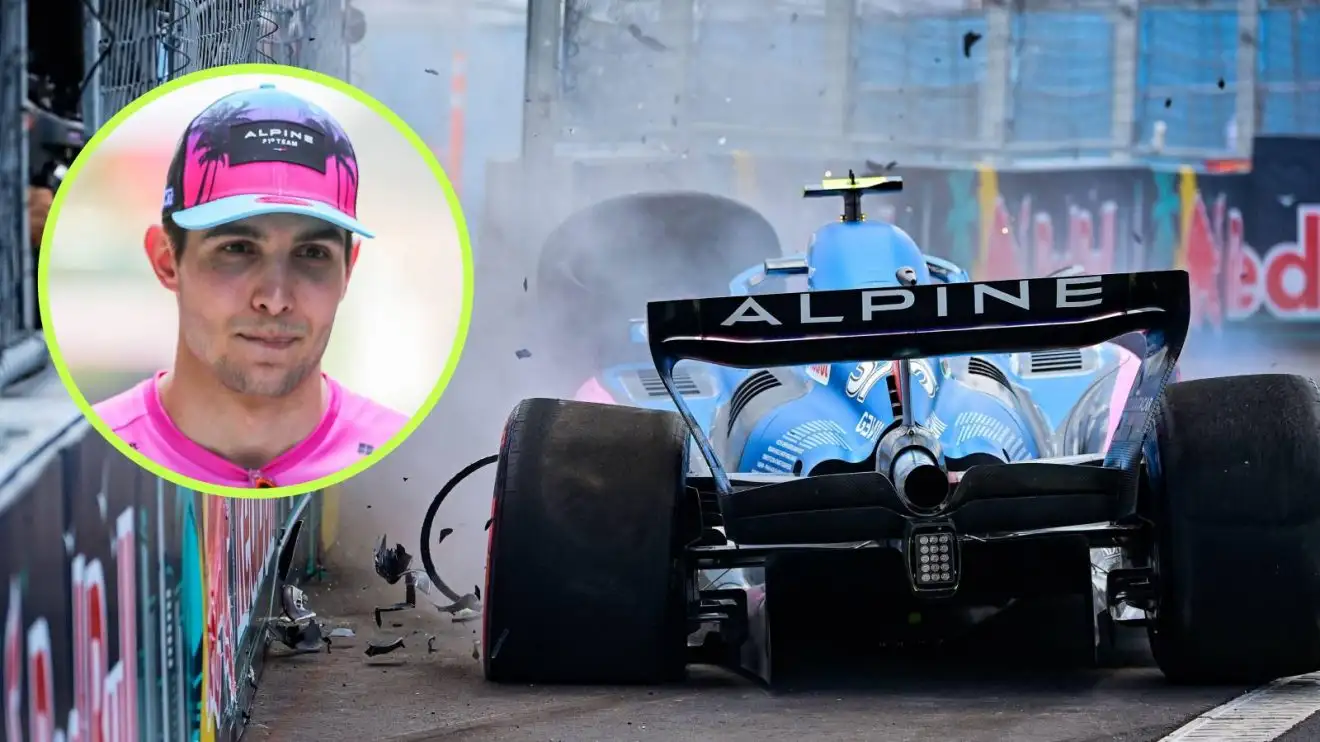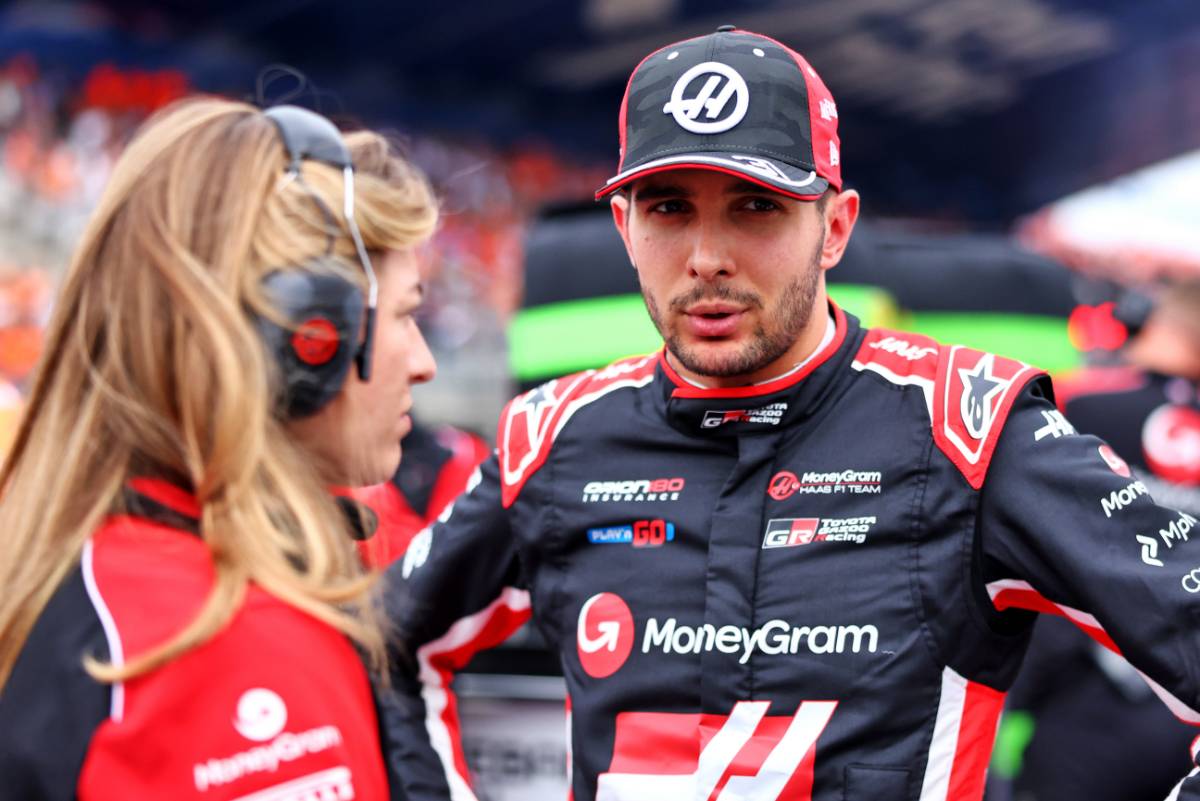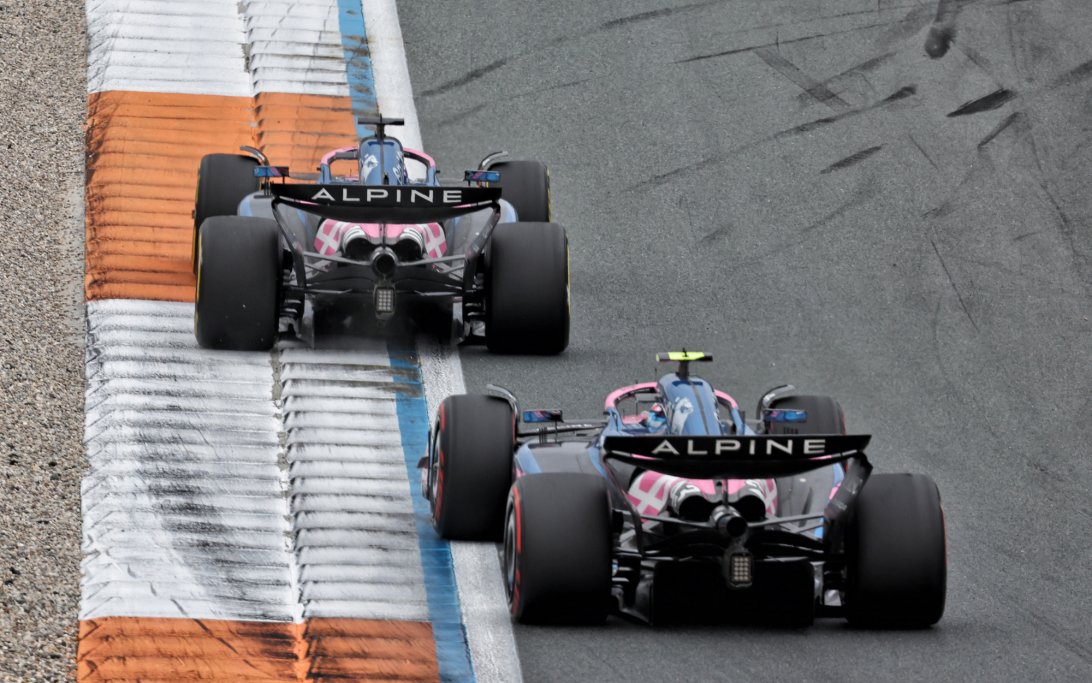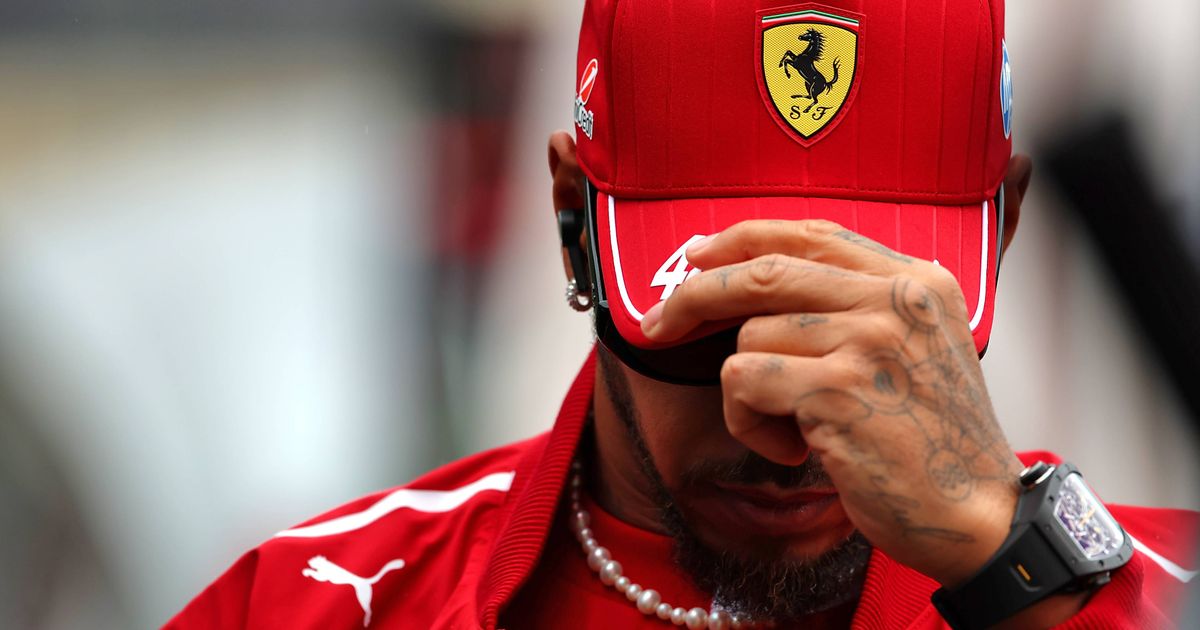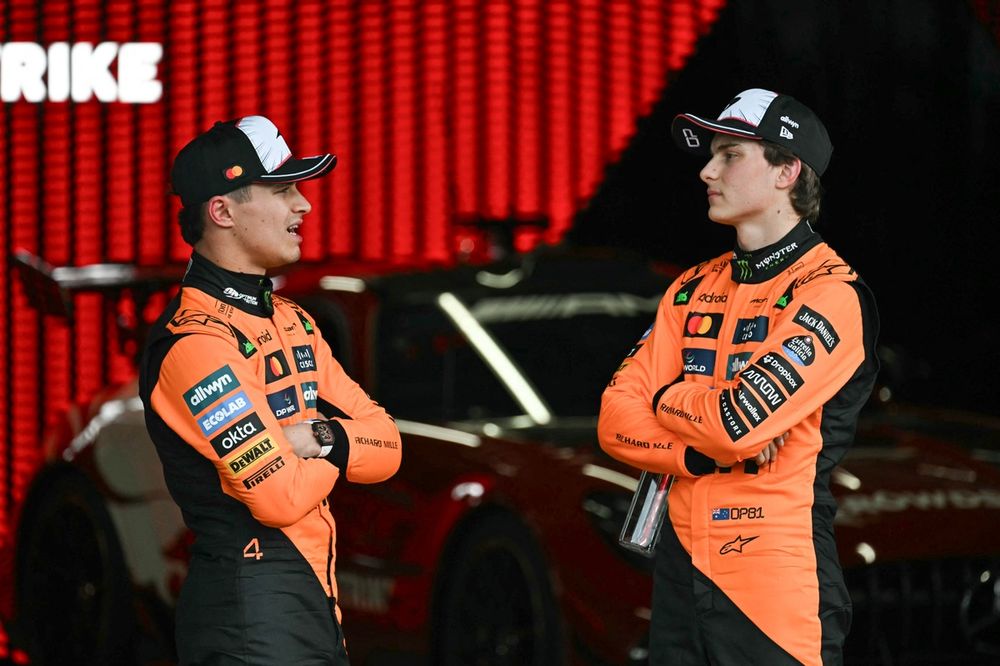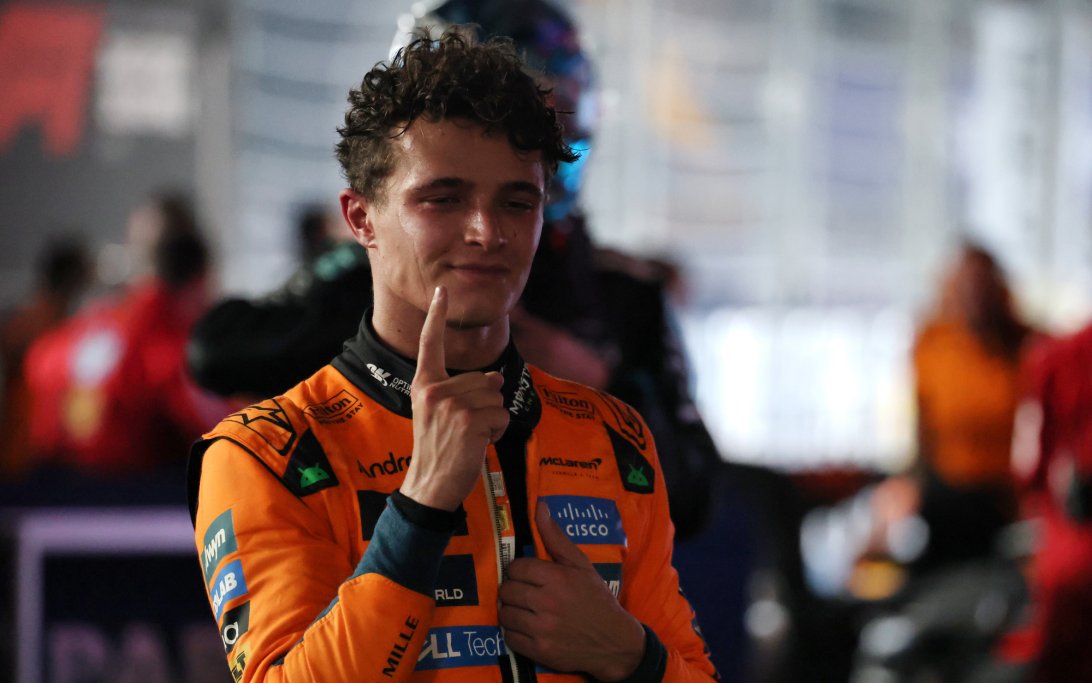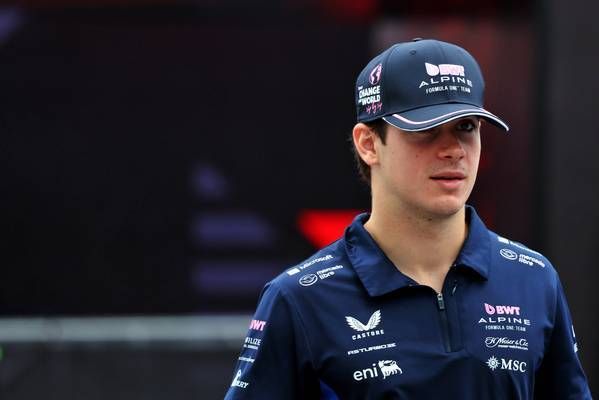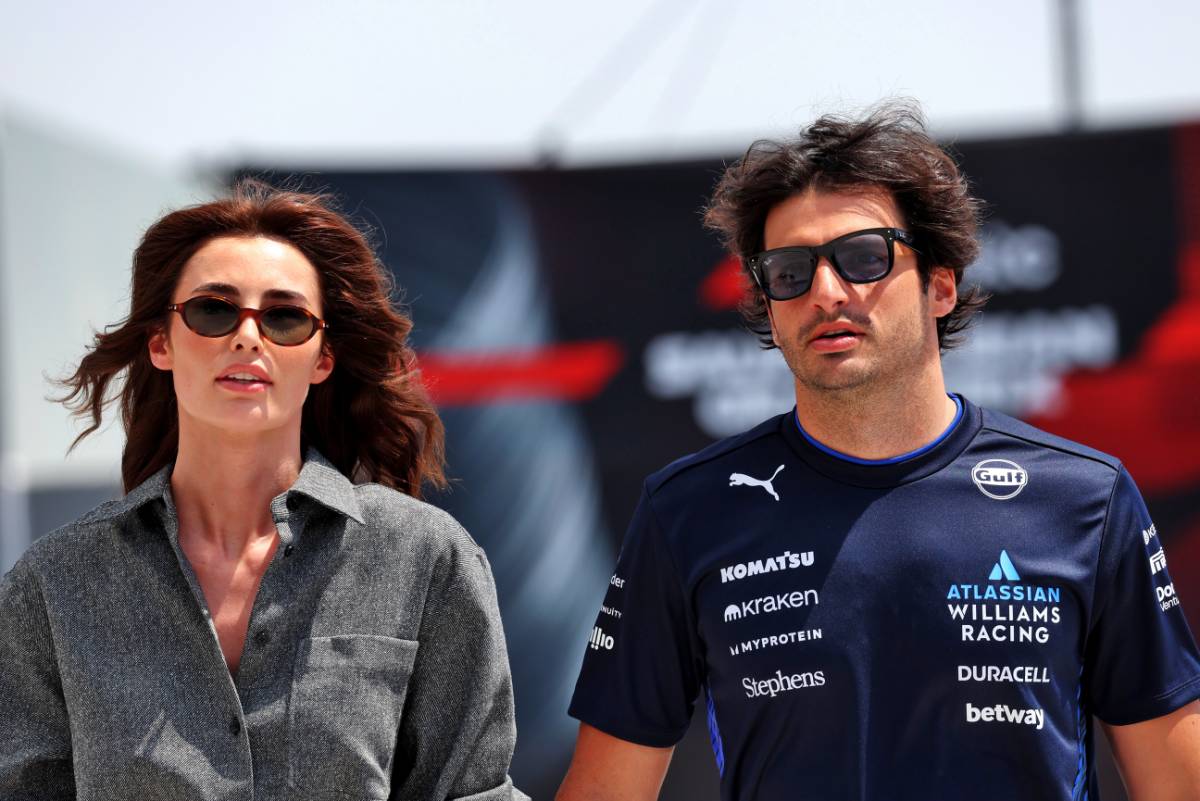
F1 Defends Broadcast After Sainz's 'Girlfriends on TV' Criticism
Formula 1 is facing scrutiny over its TV coverage following criticism from Williams driver Carlos Sainz, who claimed recent broadcasts overemphasize "celebrities and girlfriends" at the expense of crucial on-track racing. Sainz's comments, made after the Singapore Grand Prix where fans also noted missed key battles, have sparked a wider debate about F1's broadcast priorities.
Why it matters:
Carlos Sainz's high-profile critique has reignited a perennial debate among F1 fans and pundits: is the sport's global broadcast prioritizing entertainment and glamour over the core racing action? As F1 continues to expand its audience, particularly in new markets, balancing spectacle with genuine sporting drama is crucial for maintaining viewer engagement and credibility.
The Details:
- Sainz's Frustration: After the Singapore Grand Prix, Sainz expressed disappointment that several late-race overtakes, including his own and a duel between Lewis Hamilton and Fernando Alonso, were not shown. He acknowledged that off-track reaction shots can be a part of the spectacle but felt the balance had shifted too far.
- Fan Backlash: Many fans echoed Sainz's sentiments on social media, accusing FOM (Formula 1's broadcast company) of missing critical on-track moments in favor of celebrity appearances and pit lane reactions.
- F1's Response: Formula 1 defended its coverage, stating its production team always aims to provide the best possible race footage without compromising the focus on racing. An F1 spokesperson highlighted the challenge of covering a complex situation with multiple cars while also providing context from grandstands, high-profile guests, and race locations.
- Illman's Analysis: Veteran F1 photographer Kym Illman reviewed the Singapore Grand Prix broadcast, timing celebrity and girlfriend appearances. He found that only 15 seconds (eight for Sainz's girlfriend, Rebecca Donaldson, and seven for Lando's girlfriend, Magui) out of a 1-hour, 41-minute broadcast were dedicated to partners, amounting to only a quarter of one percent of the total airtime. This suggests that while race action may have been missed, the focus on 'girlfriends' was minimal.
Between the lines:
While Sainz's and fans' frustrations about missed on-track action are valid, Kym Illman's data suggests that the specific criticism regarding excessive focus on 'girlfriends' might be an overstatement. The core issue likely lies in the directorial choices made during critical race moments, where the production team might be struggling to capture all relevant action or making editorial decisions that don't always align with hardcore fans' expectations. It highlights the immense challenge of directing a live F1 race broadcast with dozens of cars, multiple battles, and a global audience with diverse viewing preferences.
What's next:
F1's production team will likely continue to review its approach, especially as feedback from drivers and fans becomes more vocal. While maintaining the 'glamour' aspect to attract new viewers, prioritizing crucial racing moments will be essential to satisfy long-time fans and uphold the sport's integrity. The ongoing dialogue suggests that a continuous refinement of broadcast strategy is necessary to strike the right balance.
Original Article :https://f1i.com/news/550487-f1-defends-coverage-after-sainzs-girlfriends-on-tv-c...


